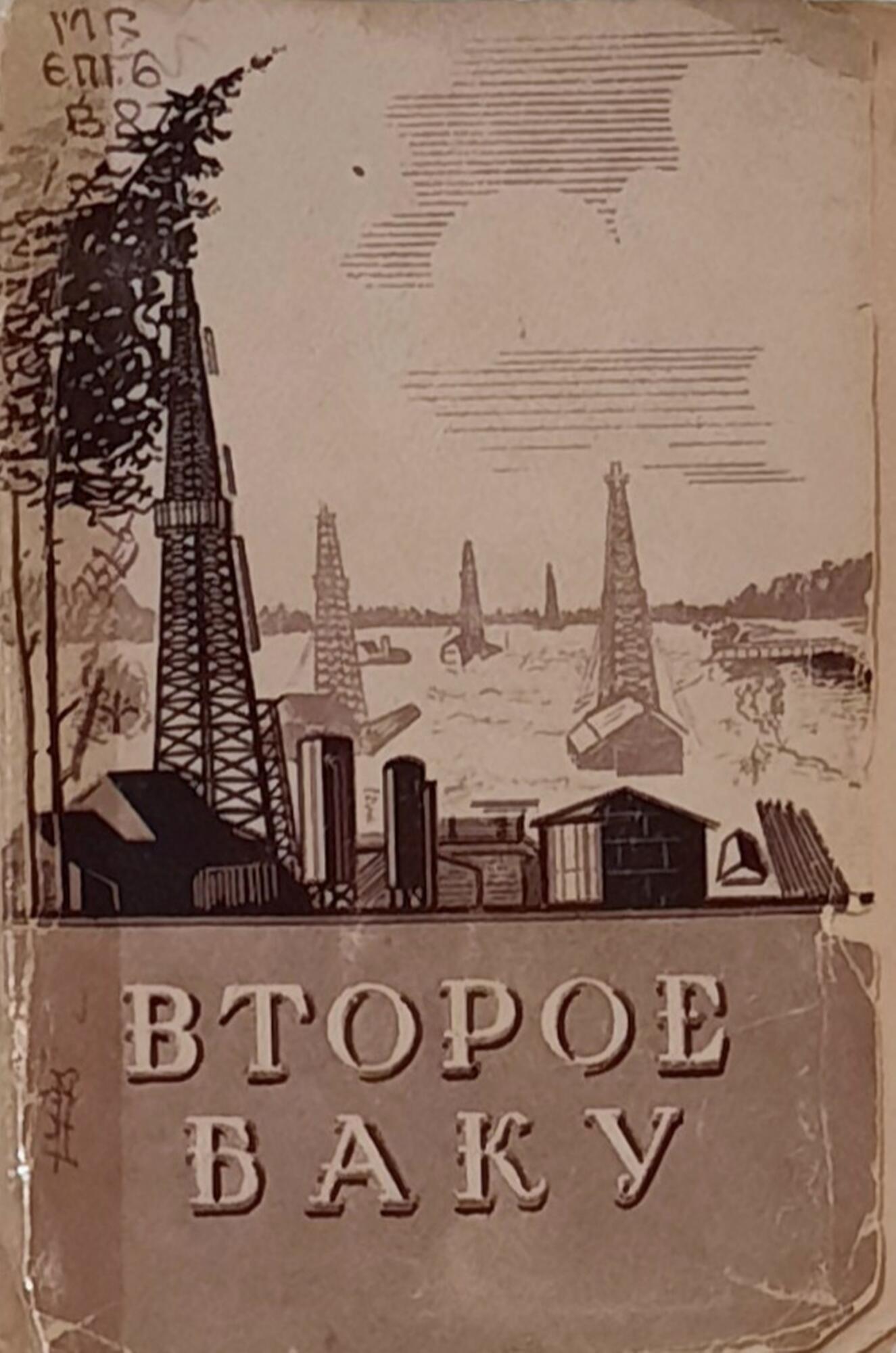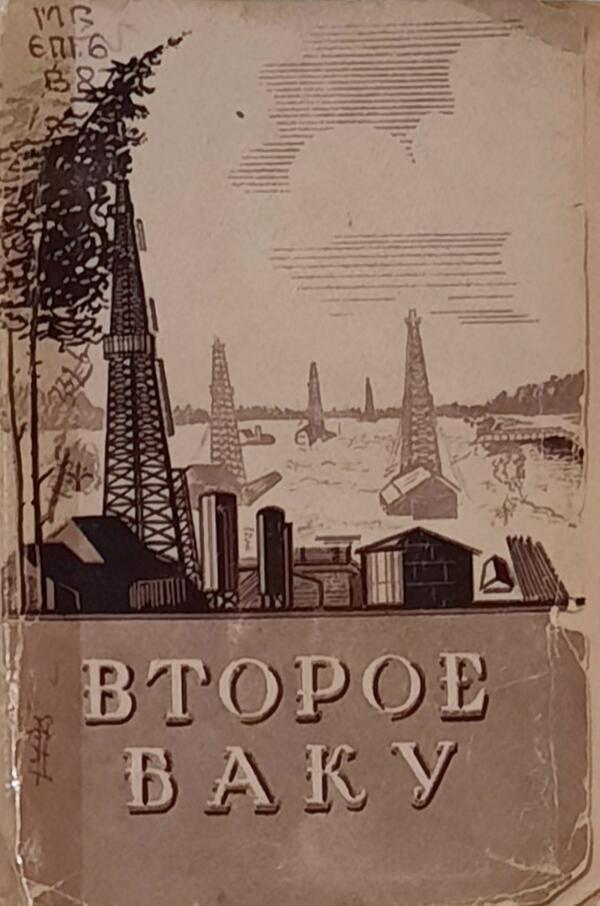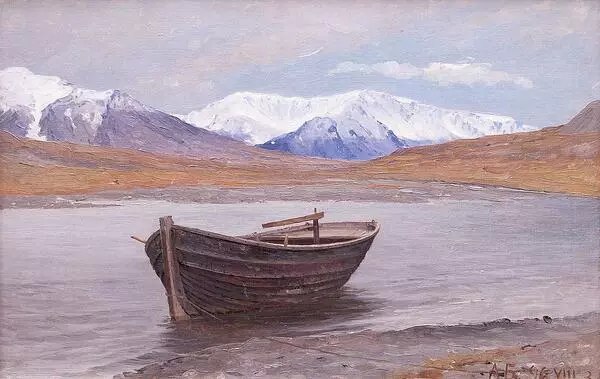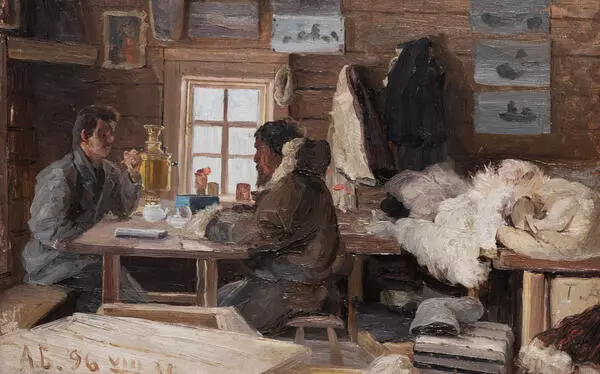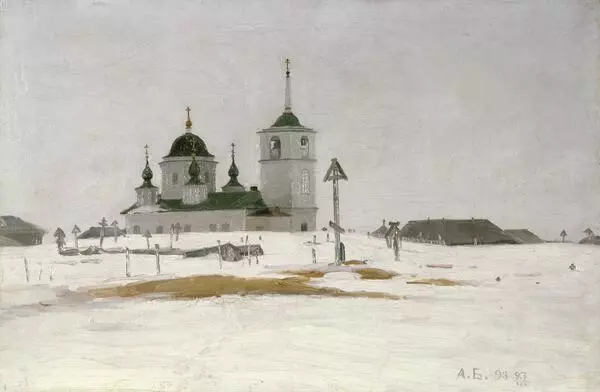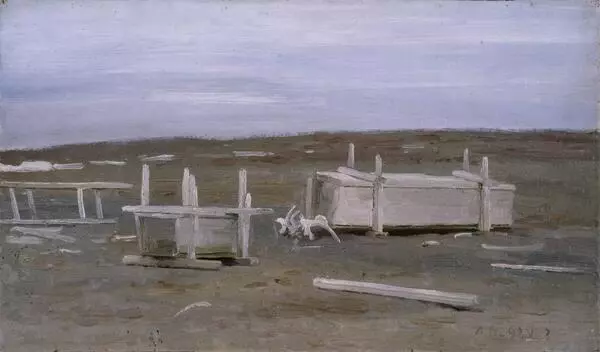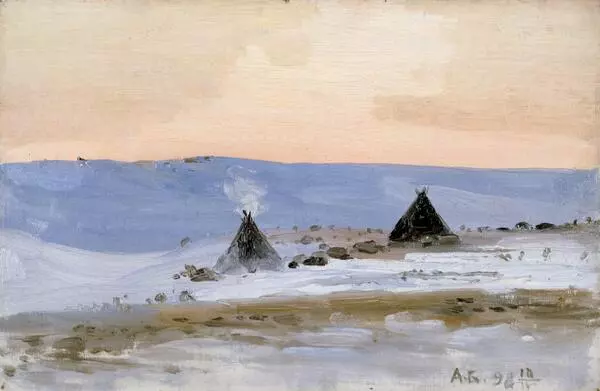The oil industry of Tsarist-era Russia was extremely backward and was entirely based on the Caucasian oil fields of Baku. The Russian Geological Committee would not begin a systematic geological survey of other possible oil-bearing areas until the early 20th century. It is for a reason that one of the first decrees issued by the Soviet leadership was the ‘Decree on the Nationalization of the Oil Industry.’ The devastation caused by the Civil War and the Allied occupation of Baku only exacerbated the problems of the country’s oil industry even further. Thus, in the late 1930, the Soviet leadership tasked the oil workers and the country as a whole with an important mission: to create a new oil hub in the center of the country as part of the third five-year plan (1938–1942). Eventually, such a hub was established in the Volga and Ural oil and gas region, also known as the “Second Baku.”
Written by a large team of contributors, the book of the same name gives a detailed account of the history of the intense construction of the Soviet Union’s new oil production center. In order to create this center, the oil workers of the ‘Second Baku’ launched extensive exploration efforts, and implemented advanced drilling, extraction, and refinement technologies. All the while, the ‘Second Baku’ had a total area of approximately 1 million square meters, which is about 100 times bigger than the area of Baku oil fields.
In 1939, the ‘Pravda’ newspaper wrote: ‘The new eastern oil region, the Second Baku, already enjoys a prominent place in our country’s fuel balance. Just a few years before that, few people knew about this place, and the geological scientific community argued about the region’s oil-bearing capacity. Meanwhile, today, the fields of the “Second Baku” produce as many as over 6 thousand tons of oil every day, and this is only the beginning of the region’s truly splendid prospects. The country spares no effort or resource to create another large-scale oil production center in the east, practically in the center of the country, at a pace unseen in the old Baku. The tremendous political, economic, and military significance of this project can hardly be overstated.’
By 1940, the territory of the Second Baku spanned more than 100 promising known oil fields, as well as 12 operating oil wells that gave the country over four million metric tons of oil. Around the same time, the construction of oil refineries was completed in Ishimbay, Ufa, Moscow, and Saratov, allowing to bring petroleum producers closer to their largest consumers. The city of Ishimbay, which produced oil since 1932, quickly became the center of the Volga and Ural oil and gas region.
Written by a large team of contributors, the book of the same name gives a detailed account of the history of the intense construction of the Soviet Union’s new oil production center. In order to create this center, the oil workers of the ‘Second Baku’ launched extensive exploration efforts, and implemented advanced drilling, extraction, and refinement technologies. All the while, the ‘Second Baku’ had a total area of approximately 1 million square meters, which is about 100 times bigger than the area of Baku oil fields.
In 1939, the ‘Pravda’ newspaper wrote: ‘The new eastern oil region, the Second Baku, already enjoys a prominent place in our country’s fuel balance. Just a few years before that, few people knew about this place, and the geological scientific community argued about the region’s oil-bearing capacity. Meanwhile, today, the fields of the “Second Baku” produce as many as over 6 thousand tons of oil every day, and this is only the beginning of the region’s truly splendid prospects. The country spares no effort or resource to create another large-scale oil production center in the east, practically in the center of the country, at a pace unseen in the old Baku. The tremendous political, economic, and military significance of this project can hardly be overstated.’
By 1940, the territory of the Second Baku spanned more than 100 promising known oil fields, as well as 12 operating oil wells that gave the country over four million metric tons of oil. Around the same time, the construction of oil refineries was completed in Ishimbay, Ufa, Moscow, and Saratov, allowing to bring petroleum producers closer to their largest consumers. The city of Ishimbay, which produced oil since 1932, quickly became the center of the Volga and Ural oil and gas region.
